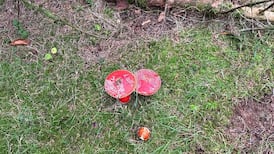This fungus recently appeared in a large pot plant in my elderly mum’s garden. I believe it is poisonous even to touch. I removed it but it reappeared. Should I get rid of the plant altogether? Aileen Murphy
This strikingly coloured mushroom is the orange peel fungus. It is not dangerous to touch – no mushrooms are – but you should wash your hands before eating etc after handling mushrooms. This one will do you no harm so you can keep the plant if you like.
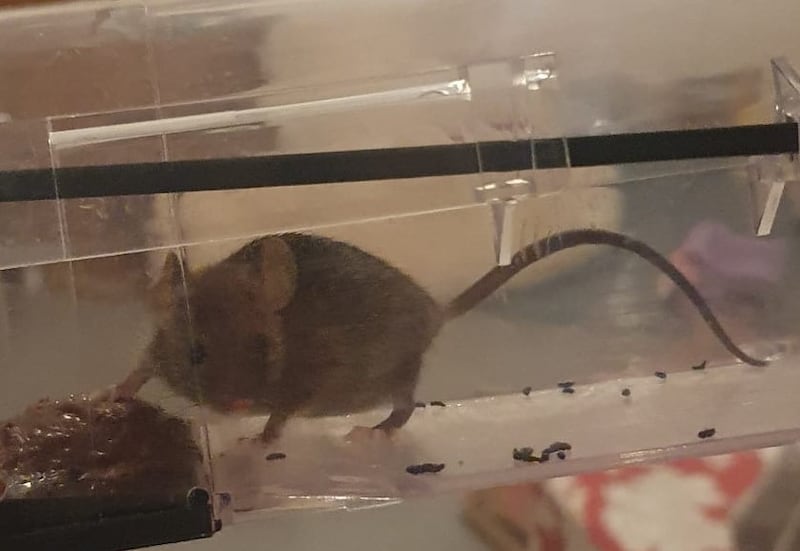
I caught this mouse in my cupboard in a live trap baited with peanuts. It doesn’t look like the usual house mouse. M Prendergast, Clonmel, Co Tipperary
That’s because it is a field mouse, our other mouse species. Its eyes and ears are larger than those of a house mouse and its fur is chestnut brown. It lives outdoors usually but can come in when the weather is very cold. Fair play to you for catching it in a live trap – I hope you returned it to the wild at a distance from your house.
READ MORE
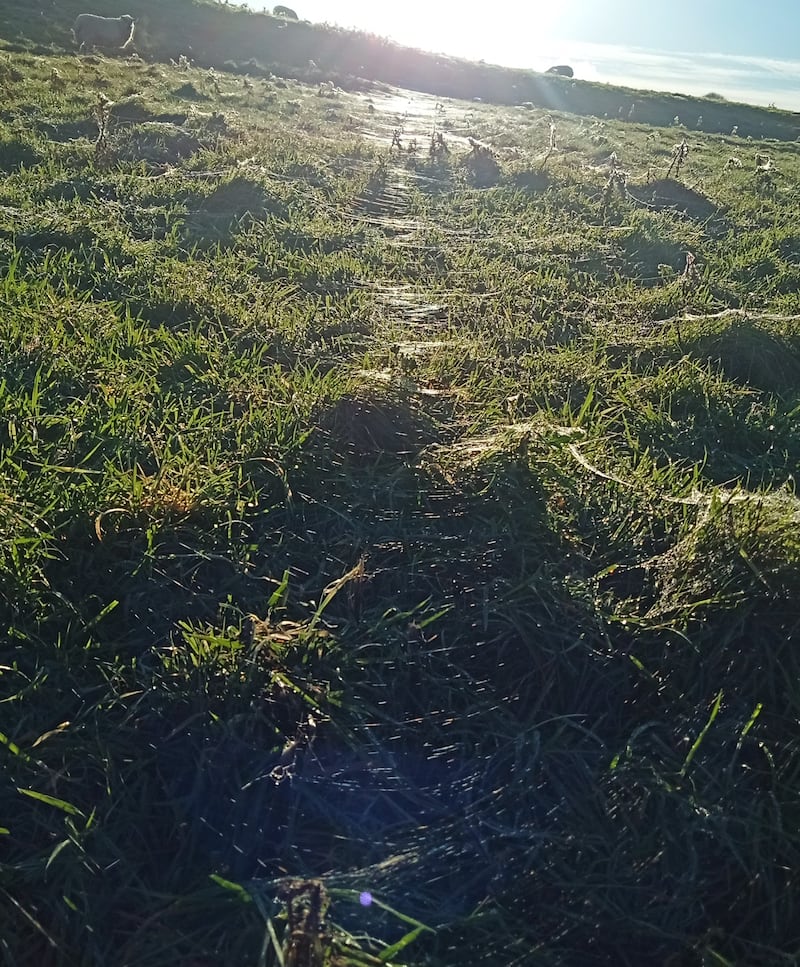
This photo was taken last November on land grazed by sheep on the west side of Ballysodare Bay. What were the spiders doing? Patrick Rolleston, Co Sligo
Setting traps to catch unwary prey. Sheet webs like these are usually built by thousands of tiny money spiders on the grass stalks. They then hang beneath the webs, waiting for dinner to land above.
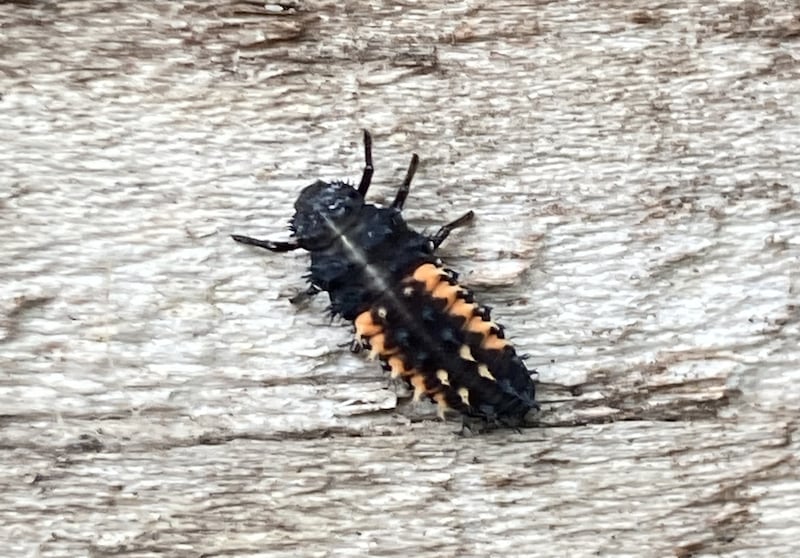
I spotted this little guy on my shed recently. What it is? Declan Cooney, Co Dublin
This is an excellent photograph of the larva of that nasty invasive species the harlequin ladybird, which eats our native species of ladybirds and is not protected in any way. While the adult can have various colour forms and the number of spots can range from none to 21, the larvae are unmistakable with their very spiky appearance.
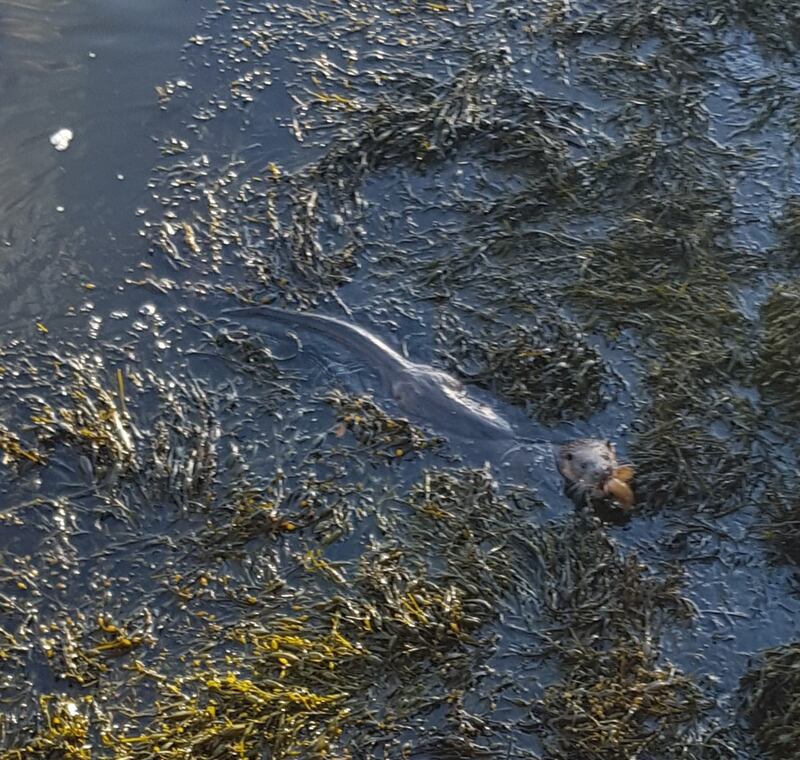
We recently came across this otter by the “cut and cover” in Monkstown, Cork. It climbed up on the rocks and ate its catch. Colman O’Brien, Co Cork
Otters will hunt in seawater as well as in fresh water.
Have you a nature query, observation, or photo you would like t share with The Irish Times? Submit it, with a location, via our website irishtimes.com/eyeonnature







